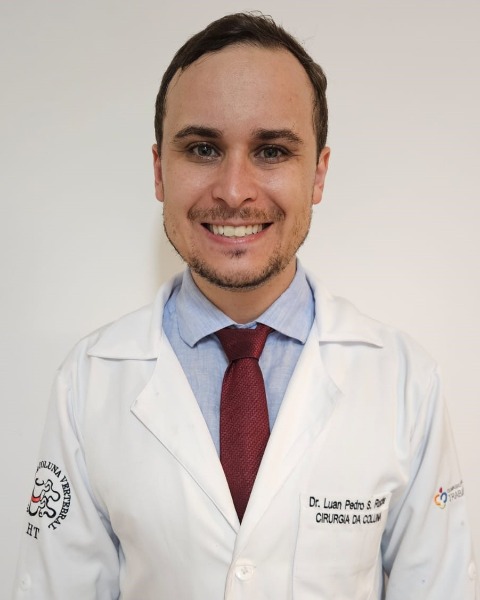Trauma
Series of 200 Cases of Spinal Gunshot Wounds – 25 Years of Experience in a Trauma Center Hospital
Friday, February 21, 2025

Luan Rocha, Spine Fellow Resident
Spine Fellow Resident
Complexo Hospitalar do Trabalhado Curitiba PR Brazil
Complexo do HT
Presenting Author(s)
Disclosure(s):
Luan Rocha, Spine Fellow Resident: No financial relationships to disclose
Introduction: Gunshot injuries account for nearly 20% of spinal cord traumas, being the third leading cause of spinal cord injury in the civilian population. Males are the most affected, particularly between the second and third decades of life. The thoracic spine is the most commonly affected area. These injuries carry a significant risk of death and often cause irreversible damage. Surgical indications include partial neurological injury, unstable fracture, infectious injury caused by the projectile, risk of migration, and cerebrospinal fluid fistula. Early antibiotic therapy initiation is crucial.
The aim of this study is to evaluate the experience in treating spinal gunshot trauma over a 25-year period in a trauma center.
Methods: This is a retrospective cross-sectional study with data collection from a trauma hospital in Brazil between 1999 and 2024. Excel was used for data analysis. The study evaluated age, gender, presence of neurological injury upon admission, performance of arthrodesis, projectile removal, and the affected spinal levels. The study adhered to the principles of the Declaration of Helsinki.
Results: In the study, 95% of the population were male, with an average age of 25. The most affected level was the thoracic spine (37%), followed by the cervical spine (28%). Of the cervical spine injuries, 67% were subaxial, while 33% involved the C1 and C2 levels. Three-quarters of admitted patients presented with neurological injuries. A total of 44 patients had projectiles removed from the spinal canal, and 51 underwent arthrodesis out of the 83 who received surgical treatment.
Conclusion : The treatment pattern over 25 years of experience follows established literature principles. Rapid treatment, decompression, projectile removal, and arthrodesis when indicated can provide a better chance of motor recovery in incomplete spinal cord injuries and proper stabilization when necessary.

.jpg)